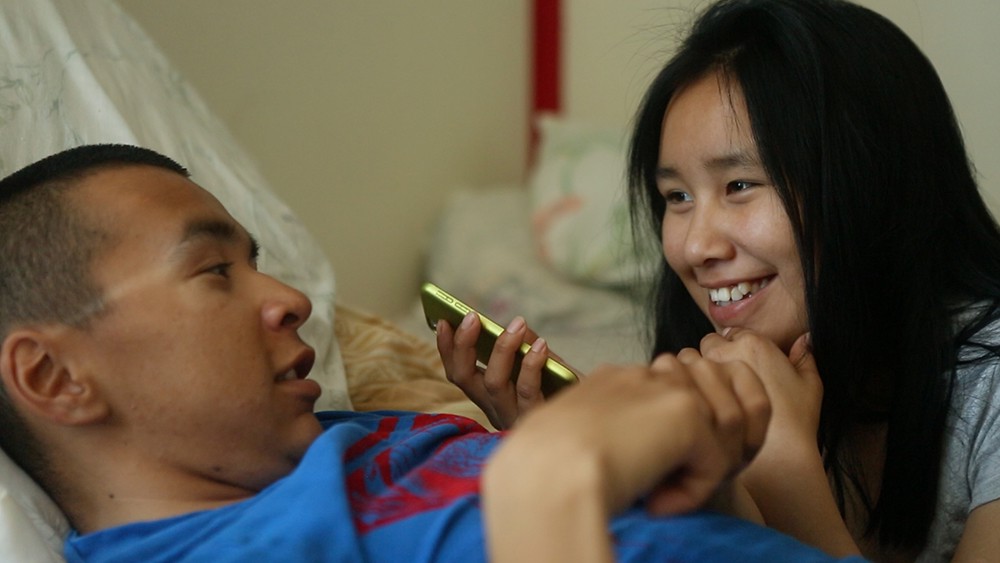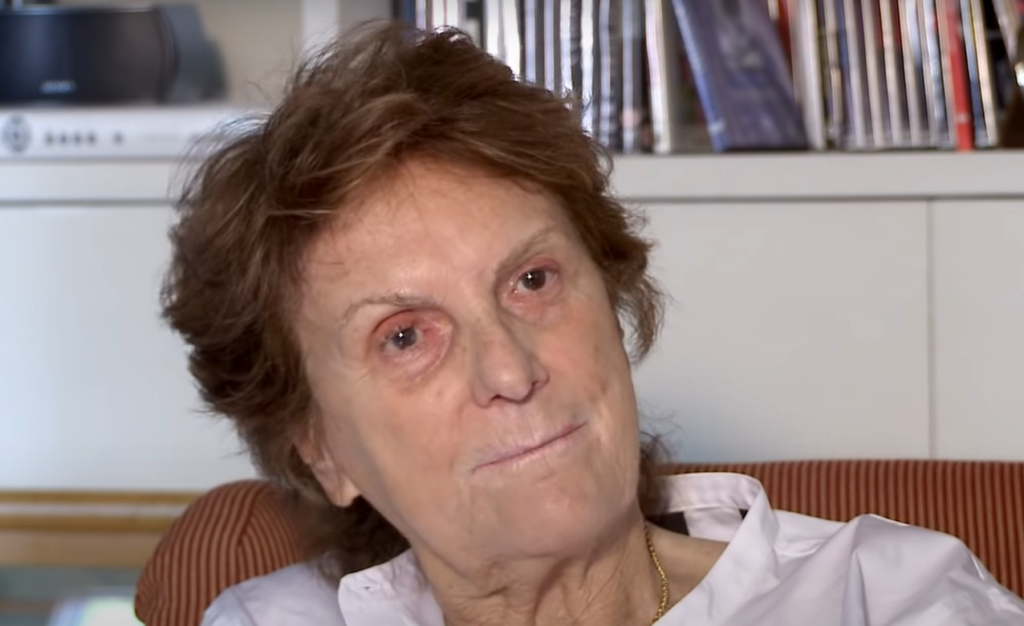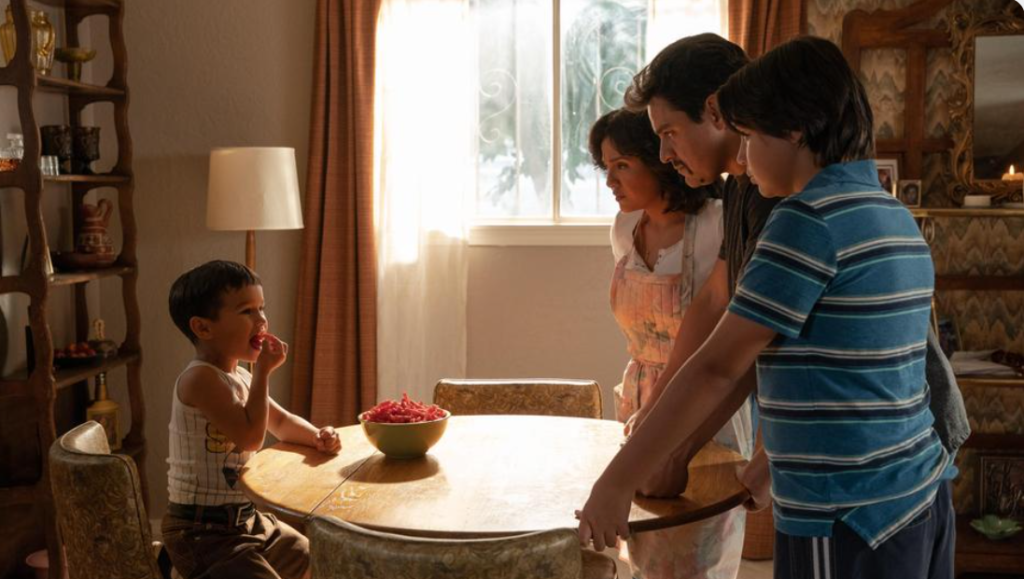In 2009, Aude Leroux-Lévesque moved to Bangladesh to co-direct her first documentary, “Call Me Salma.” The film aired on Direct 8, ARTE, EBS Korea, and screened at over a dozen film festivals. Through the years, she has produced documentaries for a wide variety of NGOs, charity organizations, and Canadian Aboriginal groups. (Press materials)
“Living with Giants” will premiere at the 2016 Hot Docs Film Festival on May 1. The film is co-directed by Sébastien Rist.
W&H: Describe the film for us in your own words.
ALL: The film is a coming-of-age story. We follow a young Inuk in the Canadian Arctic over a two-year period as he faces challenges that will change his life forever. It’s a love story that intertwines with legends and real life traumatic events.
W&H: What drew you to this story?
ALL: The story came to us, literally. We were good friends with the main subject, Paulusie. One day he invited us to go up North to the Arctic to film his life, but no one could have expected the tragic events that were going to unfold.
From the very beginning, we wanted to make a positive story, one that would avoid all stereotypes commonly associated with Inuit communities, like those of alcohol, violence, and suicide. Although things didn’t exactly go as planned, we never lost sight of our initial goal of making an inspiring tale about a great young man.
W&H: What do you want people to think about when they are leaving the theater?
ALL: I hope people will see an Inuit community as they never saw one before. I want people to think, “Oh my God, these people are so awesome, so cool, funny, strong, and resilient!”
W&H: What was the biggest challenge in making the film?
ALL: The biggest challenge was to stay focused on our vision and not be too emotional. We were deeply attached to our subjects, so filming everything without being overwhelmed by emotions was a real challenge.
W&H: How did you get your film funded? Share some insights into how you got the film made.
ALL: Traveling in the Arctic costs a fortune. Our exceptional access to this Inuit family convinced a local government grant to fund our first trip back in 2013. Then we got an artist residency to stay in the community for the whole summer of 2014, which is when most of the filming happened.
The rest of the modest budget came through over the years with a TV license, government and media grants, and tax credits. We also participated in two pitch contests (RIDM’s Cuban Hat in Montreal and HotDocs Forum in Toronto), both of which we won, so that was a big help as well.
W&H: What’s the biggest misconception about you and your work?
ALL: Many people think that when making documentaries, you just follow people and wait for things to happen. Than couldn’t be further from the truth. You have to work for every second that will eventually be captured by your camera.
W&H: What’s the best and worst advice you’ve received?
ALL: I was told that it would be difficult to fund a film about an Inuit subject because it’s been overdone and people don’t want to hear about it anymore. That shocked me, but I’m glad in the end I didn’t listen to it! When you have a strong story in your hands and your guts tells you to follow through, that should be enough motivation to never give up.
The best advice was probably to make films on subjects you know about— that are close to you. Making documentary films take so much time and energy, I don’t see how I could do otherwise.
W&H: What advice do you have for other female directors?
ALL: Despite the challenges that we face, don’t think of yourself as a female director — just think of yourself as a director.
W&H: Name your favorite woman-directed film and why.
“Bombay Beach,” directed by Alma Har’el, has been a true revelation to me and such an inspiration. She made a film that is free and inventive yet extremely anchored in social issues. Her approach is humane and creative, and the result is absolutely entrancing.







